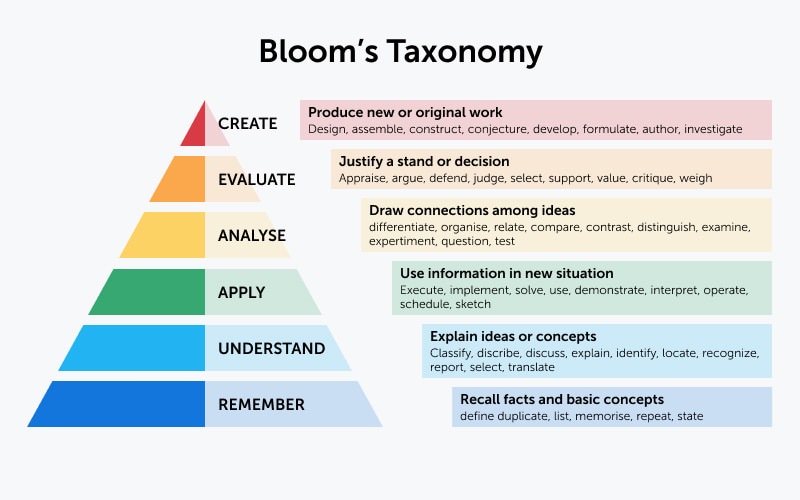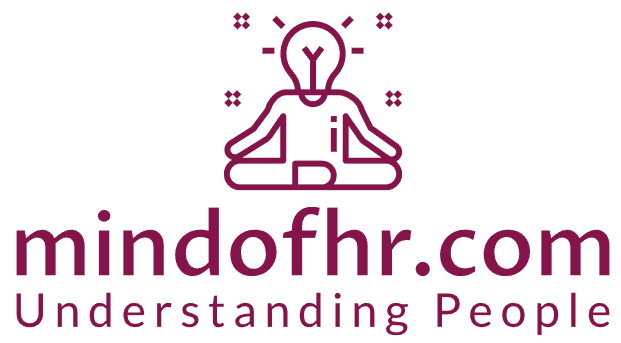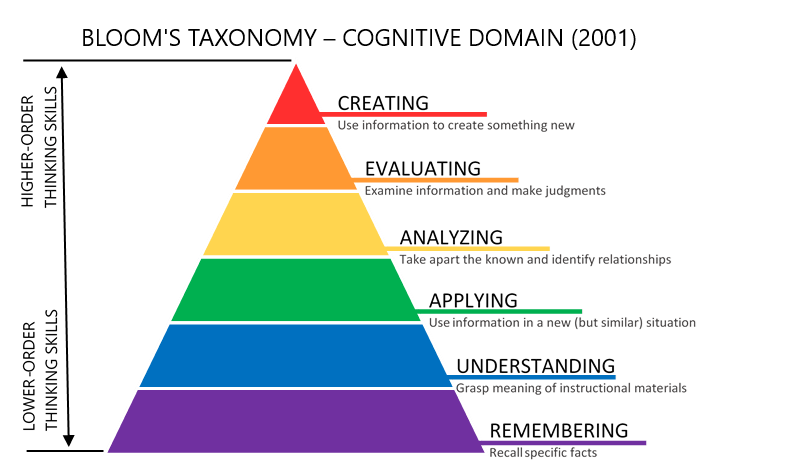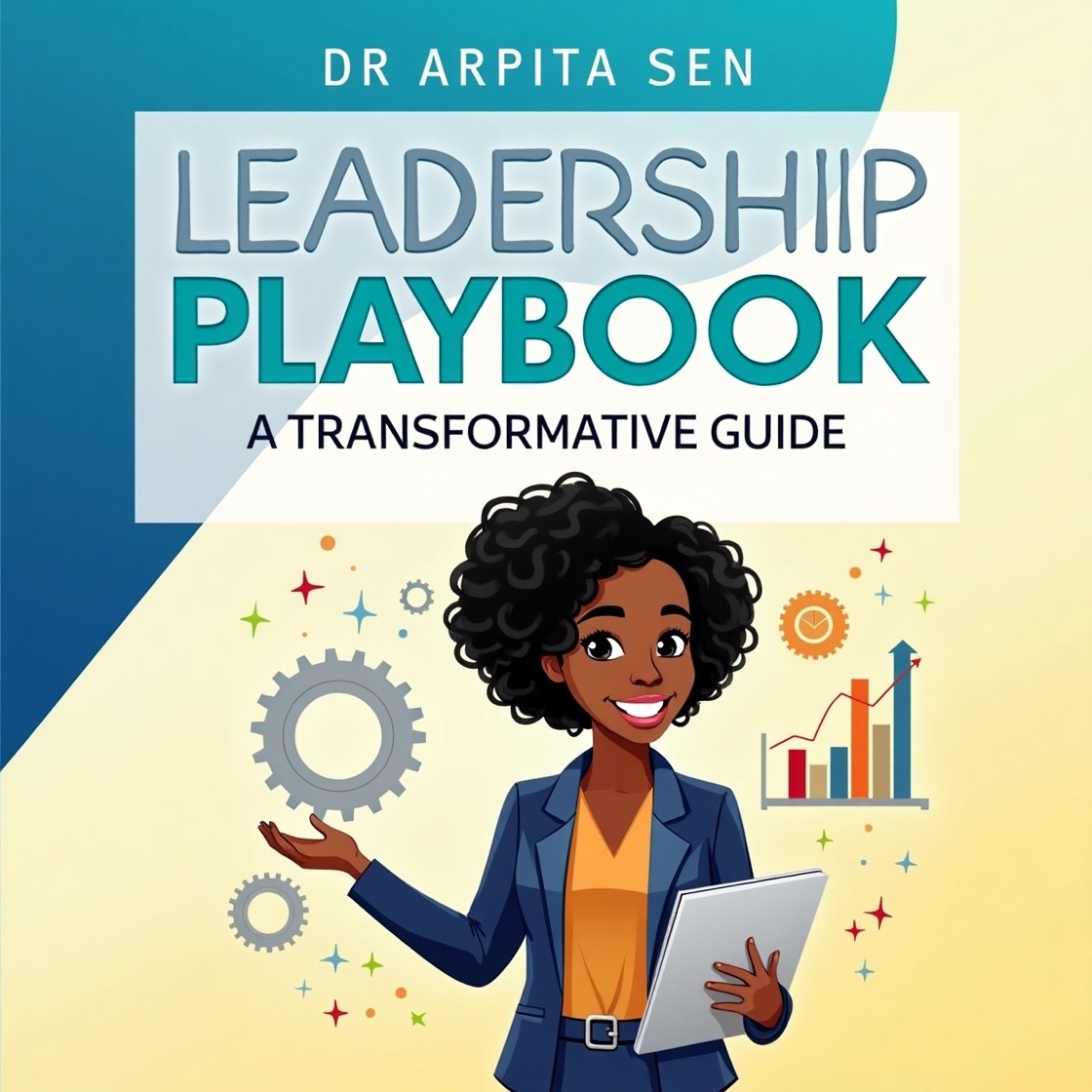Education is a dynamic process that goes beyond the mere transmission of information. To truly empower learners and foster critical thinking skills, educators need effective frameworks that guide the design and assessment of learning objectives. One such invaluable tool is Bloom’s Taxonomy.
Understanding Bloom’s Taxonomy
Developed by educational psychologist Benjamin Bloom in 1956, Bloom’s Taxonomy is a hierarchical framework that classifies educational objectives into six cognitive domains. These domains range from basic to complex cognitive processes, reflecting a progression of intellectual skills. The model was later revised by Bloom and his colleagues in 2001, further refining the categories. The six cognitive domains are:
1. Knowledge
At the foundational level, knowledge involves the recall of facts, information, and concepts. This domain forms the basis for higher-order thinking and includes remembering, understanding, and identifying information.
Example: Memorizing historical dates, defining scientific terms.
2. Comprehension
Moving beyond simple recall, comprehension involves grasping the meaning of information. Learners should be able to explain concepts in their own words and demonstrate an understanding of the material.
Example: Summarizing a text, interpreting a graph or chart.
3. Application
In this domain, learners apply their understanding to solve problems or address real-world scenarios. It emphasizes the practical application of knowledge in new situations.
Example: Solving mathematical problems, conducting experiments based on learned principles.
4. Analysis
Analytical thinking involves breaking down information into its components and examining their relationships. Learners in this domain can identify patterns, organize information, and recognize underlying structures.
Example: Analyzing a literary work, dissecting an argument.
5. Synthesis
Synthesis requires the integration of knowledge to create something new. Learners at this level can combine elements in innovative ways, developing original ideas or solutions.
Example: Writing a research paper, designing a project.
6. Evaluation
The highest level of Bloom’s Taxonomy, evaluation involves making judgments based on criteria and evidence. Learners critically assess information, arguments, or situations and form well-supported opinions.
Example: Critiquing a scientific study, evaluating the effectiveness of a strategy.

Practical Implications for Teaching and Learning
1. Curriculum Design
Bloom’s Taxonomy serves as a blueprint for designing comprehensive curricula that progress logically from basic to advanced cognitive skills. Educators can ensure that learning objectives align with the appropriate cognitive domain, fostering a systematic development of knowledge and skills.
2. Assessment Strategies
Assessment is a crucial component of the learning process. By incorporating Bloom’s Taxonomy, educators can create assessments that measure a range of cognitive abilities. This ensures a more accurate and holistic evaluation of a learner’s understanding and proficiency.
3. Classroom Instruction
Effective teaching involves engaging students at various cognitive levels. By tailoring instructional strategies to the specific domain, educators can provide a balanced and scaffolded learning experience. For instance, introducing complex problem-solving tasks after a solid foundation of knowledge has been established.
4. Student-Centered Learning
Bloom’s Taxonomy supports student-centered learning by encouraging learners to take ownership of their education. As they progress through the cognitive domains, students become active participants in constructing knowledge, fostering a deeper and more meaningful understanding of the material.
5. Critical Thinking Development
At its core, Bloom’s Taxonomy emphasizes the cultivation of critical thinking skills. By systematically guiding learners through increasingly complex cognitive processes, the framework nurtures the ability to analyze, synthesize, and evaluate information—a skill set essential for success in academic and professional pursuits.
Criticisms and Limitations
While widely embraced, Bloom’s Taxonomy is not without its criticisms and limitations. Some argue that the hierarchy implies a linear and fixed progression, overlooking the interconnected nature of cognitive skills. Additionally, cultural and contextual factors may influence the applicability of the taxonomy across diverse educational settings.
Furthermore, the model may not fully capture the complexity of certain skills, such as creativity and emotional intelligence, which are increasingly recognized as integral to holistic learning. Critics also point out the potential for subjective interpretation in categorizing objectives into specific cognitive domains.
Bloom’s Taxonomy in the Digital Age
In the 21st century, the landscape of education is continually evolving with the integration of technology. Bloom’s Taxonomy remains relevant, adapting to the digital age by incorporating new literacies and digital skills. The taxonomy provides a framework for educators to navigate the vast array of digital resources and tools, ensuring that technology enhances rather than hinders the learning process.
Digital platforms offer unique opportunities to engage learners at various cognitive levels. From interactive simulations that facilitate application to collaborative projects that promote synthesis, technology provides a dynamic medium for implementing Bloom’s Taxonomy in innovative ways.
Conclusion
Bloom’s Taxonomy stands as a timeless and influential framework that has shaped educational practices for decades. By delineating cognitive processes into distinct domains, it guides educators in creating meaningful learning experiences that go beyond rote memorization. As we navigate the complexities of the modern educational landscape, the principles of Bloom’s Taxonomy continue to serve as a compass, empowering both educators and learners in their quest for knowledge and critical thinking skills.











